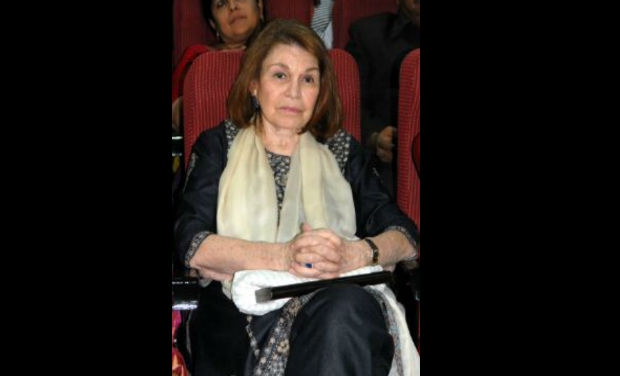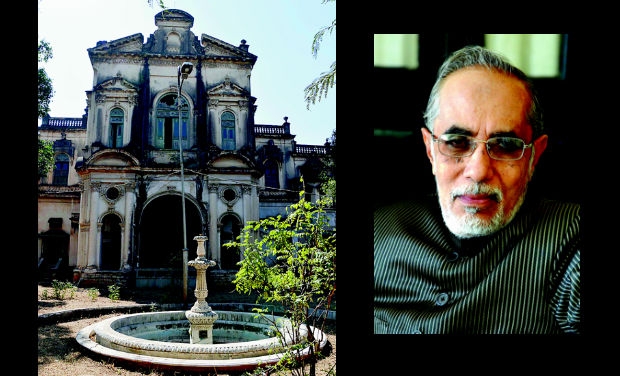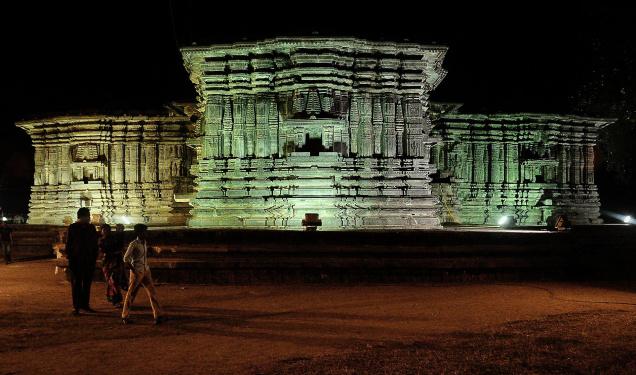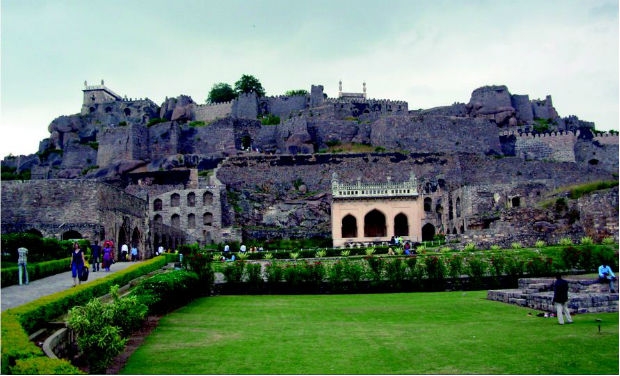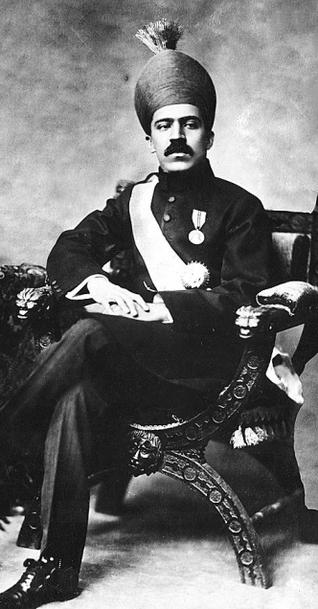
1/7
Hyderabad’s first ever train. Images of Hyderabad (Aks-e-Hyderabad) is a pictorial document of the Hyderabad of yore and its transformation from aristocracy Covering the period from 1880 to 1960
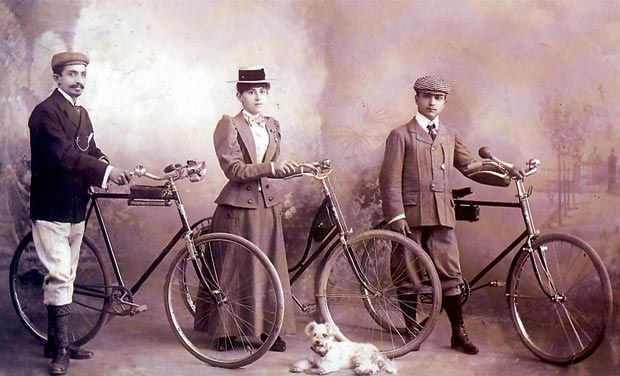 Members of the Hyderabad cycle club.The book has about 600 photographs, some of which are being published for the first time.
Members of the Hyderabad cycle club.The book has about 600 photographs, some of which are being published for the first time.
Hyderabad has always fascinated historians, researchers, chroniclers, travellers and photographers. The history of the City of Pearls is intertwined with fables of love, anecdotes of generosity, stories of the nobility, chronicles of beautiful monuments and records of its unique tehzeeb or etiquette.
Hyderabad is perhaps one of the few cities in the world where most of its historical events have been documented in the form of photographs or paintings. The city was fortunate to have Raja Deen Dayal, a photographer par excellence, who was rightly honoured with the title, Musavvir Jung or the photographer-warrior.
Images of Hyderabad (Aks-e-Hyderabad) is a pictorial document of the Hyderabad of yore and its transformation from aristocracy to democracy and modernity. Covers the years 1880 to 1960, it is a welcome addition to the available literature on the city and an invaluable gift for those who cherish Hyderabad and its culture.
The book has about 600 photographs, some of which are rare and are being published for the first time. The photographs are of high quality and each of them tells a story of its own — “from the lifestyle of the people and the rulers to their modes of transport, the shikar parties in the deep jungles to the Hyderabad Chloroform Commission, and the exquisite jewellery, textiles and cuisines to the intricately designed paandaans and bidriware.”
Siasat editor Zahid Ali Khan and city historian and scholar Allama Aijaz Farruq have done a great service to the city and its historical past by publishing some of the photographs from their vast collection.
The Siasat daily, which has been instrumental in the protection and continuation of Hyderabadi tehzeeb and unravelling the hidden cultural and traditional treasures of the city’s past, has ensured that Images of Hyderabad covered every aspect of the life of a Hyderabadi, both royal and commoner.
“In the emerging British empire, Hyderabad had also acquired a colonial style with polo matches, club dances, tiger shoots and banquets for the British and Indian royals and nobles,” says Zahid Ali Khan.
Delving into the city’s history, Allama Aijaz Farruq writes, “In the year 1585, Mir Momin Astarabadi was deputed to prepare the layout of the city. The city design was ready on the highway leading to Masulipatnam with an intersection in the middle. An extensive area of seven villages was acquired for the city. On an auspicious day when the moon was in the constellation of Leo, and Jupiter in its own mansion, and all the stars were favourable, the foundation of Hyderabad was laid.”
The book also deals with the legendary Bhagmati and how the city got its name. According to Allama Farruq, there is a difference of opinion by two great scholars, Dr Mohiuddin Zore and Haroon Khan Sherwani. Dr Zore was in favour of the city being named Bhagyanagar after Bhagmati of Chanchalam, a beautiful dancing girl who was the first love of Qutub Shah. Later, when she was named Hyder Mahal, the city’s name was changed to Hyderabad. Prof Shervani, however, differs and states that the city was named after the title of Hazrat Ali, “Hyder”.
“The culture of Hyderabad…has adopted a few delicacies from the north, a little from Delhi and a little from Lucknow. This blend has made it more attractive and affectionate. The well-mannered socially graceful culture of Hyderabad is blessed by the nobleness. Even beggars are never refused plainly. Every person speaks with courtesy, elegance and culture,” the Allama points out. Zahid Ali Khan also notes that they are planning another pictorial guide on Hyderabad covering the remaining rare photographs in their possession.
source: http://www.DeccanChronicle.com / Home> News> Current Affairs / by Syed Akbar, DC / February 03rd, 2013



